At this point you’re probably fully aware of Portugal’s dynamic capital city, Lisbon. This historic city has shot up in popularity again over the last few years after falling out of the limelight. Overflowing with culture and remarkable landmarks, Lisbon also happens to be fairly affordable, making it a wonderful city break destination. All it takes is 3 days in Lisbon to fall hard for this city, and by following this 3-day Lisbon itinerary you won’t have any trouble finding out why.
Best Time to Visit Lisbon
As is so often the case when visiting places in Europe, the best time to visit Lisbon is generally agreed to be the shoulder season on either side of the summer. With its regained status as a superstar destination, the Portuguese capital can get a little crazy during summer with wave after wave of tourists. This does make sense though when you look at some of the city’s neighboring beaches.
Therefore, your best bet for visiting Lisbon with favorable weather and smaller crowds is either March through May, or September and October. If, however, you’re just looking for a cultural getaway, you could also consider visiting Lisbon during winter. You won’t be spending any time at the beach, but the city’s mild winters mean it’s still pleasant enough to explore the outdoors without getting frostbite.
How to Get Around Lisbon
Lisbon is quite a spread-out city and if you’ve seen or read much about Lisbon, then you’ll know that the city is home to some pretty iconic public transport. With it, you can happily explore the very best of Lisbon without wearing out the soles in your shoes.
I am of course, referring to the iconic trams and funiculars of Lisbon. With the city’s trams, you can get through much of the city centre, as well as venture out along the riverfront to areas like Belém. Many people choose to ride the trams and the funiculars that climb Lisbon’s steep hills purely for the journey.
If, however, you need to travel beyond the city centre, then you’ll want to make use of the city’s multiple metro lines. Even some of the day trips listed below can be managed on this train network, such as visiting Cascais and Sintra.
Lastly, being situated on a major river means that Lisbon is also home to a ferry network. Leaving from spots like Cais do Sodre, there are ferries across the river to spots including Cacilhas, Barreiro and Trafaria.
When it comes to tickets, Lisbon’s public transport services all use the “Via Viagem” card tickets. It’s important to know that the card can only hold one ticket type, e.g. metro or ferry, at a time. For more information on the Via Viagem card, click here.
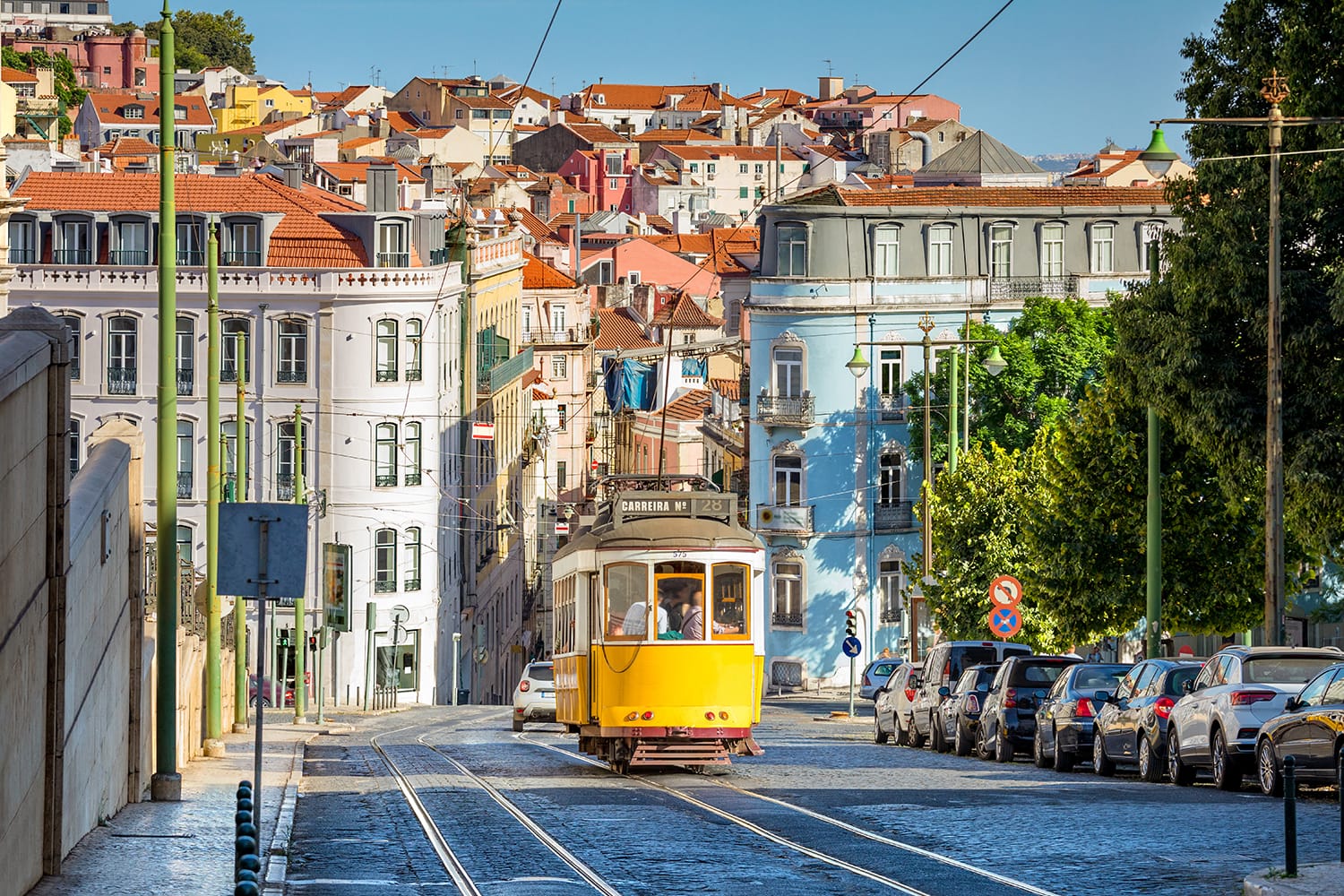
Accommodation in Lisbon
With its returned popularity has come an explosion in accommodation across Lisbon, meaning the city can cater to all types of travelers. Because of its hilly cityscape, you will find that both the accommodation and attractions are fairly spread out. Thankfully, public transport makes getting around blissfully simple and you’ll be able to follow this Lisbon travel itinerary wherever you stay.
Naturally, the most popular areas to stay in tend to be the closest to the real heart of Lisbon. The most common place to start looking is the low-lying neighborhoods of Baixa and Rossio. Those looking for somewhere a bit cooler may want to consider Bairro Alto with its bars and restaurants or the vintage neighborhood of Alfama.
To treat yourself during your 3 days in Lisbon, look no further than the authentic Santiago de Alfama boutique hotel. Positioned below the Sao Jorge Castle in the Alfama district, this hotel boasts traditional Portuguese styling, not to mention refined comfort. The views out over the river from your balcony are worth the cost alone.
It’s also possible to find plenty of mid-range hotels in the centre of Lisbon, such as The 7 Hotel right in the heart of Baixa. With the chic decor of their studios, you’ll find plenty of comfort while also being able to step out and begin exploring immediately.
For more hotel options in Lisbon check out Booking.com. They continuously offer the best rates and their custom service is on point. Airbnb is also a great spot to look for accommodations, for recommendations take a look at our list of the best Airbnbs in Lisbon.
Lisbon also has no shortage of hostels for budget travelers, and they come in all sorts of styles, shapes and sizes. A great example is Lisbon Destination Hostel, with its nice big windows and spacious, breezy look. The cool indoor patio area means you don’t even need to go outside to hang out and meet other travelers.
The Perfect 3-Day Lisbon Itinerary
Despite the city’s sprawling size and fun mix of neighborhoods, with this Lisbon itinerary you really can hope to see Lisbon in 3 days. Well, at least see enough to know that you need to book a second trip ASAP!
To see the best of Lisbon, we’re going to need to explore more than just Lisbon’s city centre. This guide will take you from the central Old Town, over through Alfama and out to magnificent Belém. Of course, there’s also the matter of choosing a day trip, since it’s so easy to explore more of the region when based in Lisbon.
However, before we get to our Lisbon itinerary and the best things to do in Lisbon in 3 days, we just wanted to remind you to purchase travel insurance. You never know what will happen and, trust us, you do not want to get stuck with thousands of dollars in medical bills. As a wise man once said, “If you can’t afford travel insurance, you can’t afford to travel.” So don’t leave home without it.
SafetyWing offers travel insurance for only about $10 a week, making it a no-brainer to get. You can get a quick, non-binding quote below:

SafetyWing is, of course, not the only option available. Two other popular alternatives are World Nomads and Heymondo.
With that out of the way, let’s get to this itinerary already and start looking at the best places to visit in Lisbon. That’s why you are here after all :D
Lisbon Itinerary: Day 1
Upon arriving in Lisbon, the best place to start exploring is with the city’s core and the highlights around Baixa, Rossio and Alfama.
Rossio Square
A convenient place to start your visit, no matter where you’re staying, is with the majestic Rossio Square. Sitting just north of the city centre, Rossio Square is a great place to get oriented and used to Lisbon’s look. From its wavy tile patterns across the square, its fountain and statues, not to mention the surrounding buildings and National Theatre, this square starts you off on the right foot.
Rather than immediately heading into the city centre, instead venture off in the wrong direction past the train station to the Ascensor da Glória. Here you can choose to ride your first Lisbon funicular or just walk up to the splendid Garden of São Pedro de Alcantara. This residential square and its gardens will reward you with a beautiful view of the city and give you an idea of what you have to look forward to.
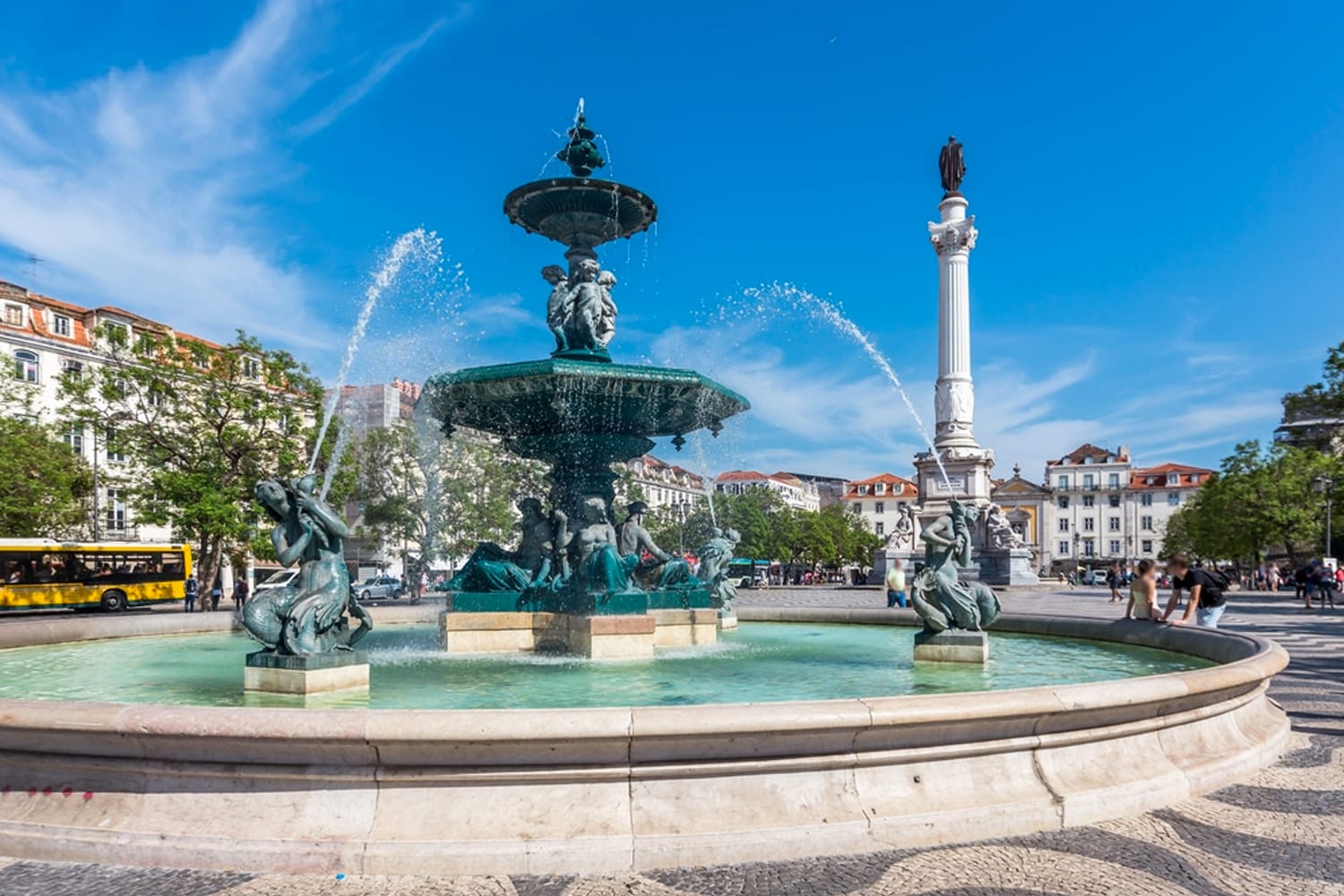
Carmo Convent and Santa Justa Lift
Back down past Rossio Square you’ll find another charming and old-fashioned mode of transportation – the Santa Justa Lift. Built in 1902, this antique lift looks and feels like a contraption from a bygone era.
Once at the top of the lift, you’ll arrive near the beautiful open-air ruins of the Carmo Convent. From the square in front it may not seem like much, but it’s only after entering the convent that you’ll be able to appreciate its beauty.
Now a museum, the only feature missing from this former church is a roof, and it makes for quite an uncanny experience. The museum includes artefacts that speak to the convent’s history and importance.
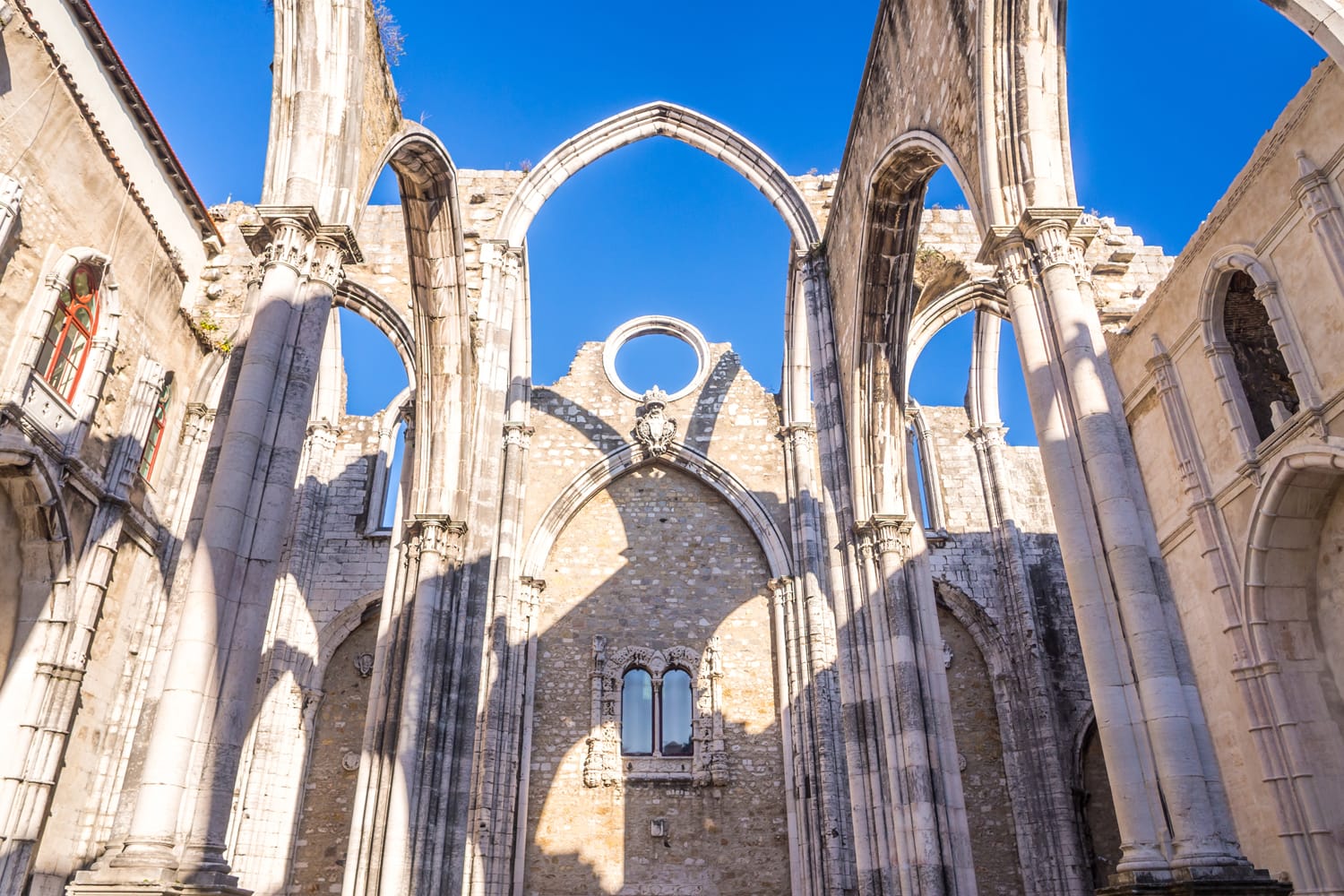
Praça do Comércio
Going back down the hill again, it’s time to find your way into the central neighborhood of Baixa by following the monumental Rua Augusta pedestrian street. While you can always deviate and wander the neighboring streets, the architecture along Rua Augusta is hard to beat.
The street also happens to lead to our next stop, just on the other side of the impressive Rua Augusta Arch – the Praça do Comércio. Before stepping into the square, take a moment to appreciate the triumphal arch from both sides as it really is a triumph of design.
The Praça do Comércio isn’t too shabby either. Built following the city-defining earthquake of 1755, this square is lined on three sides by elegant, palatial buildings. And on its fourth side? The waterfront of the Tagus River, with sweeping views along and across this mighty waterway.
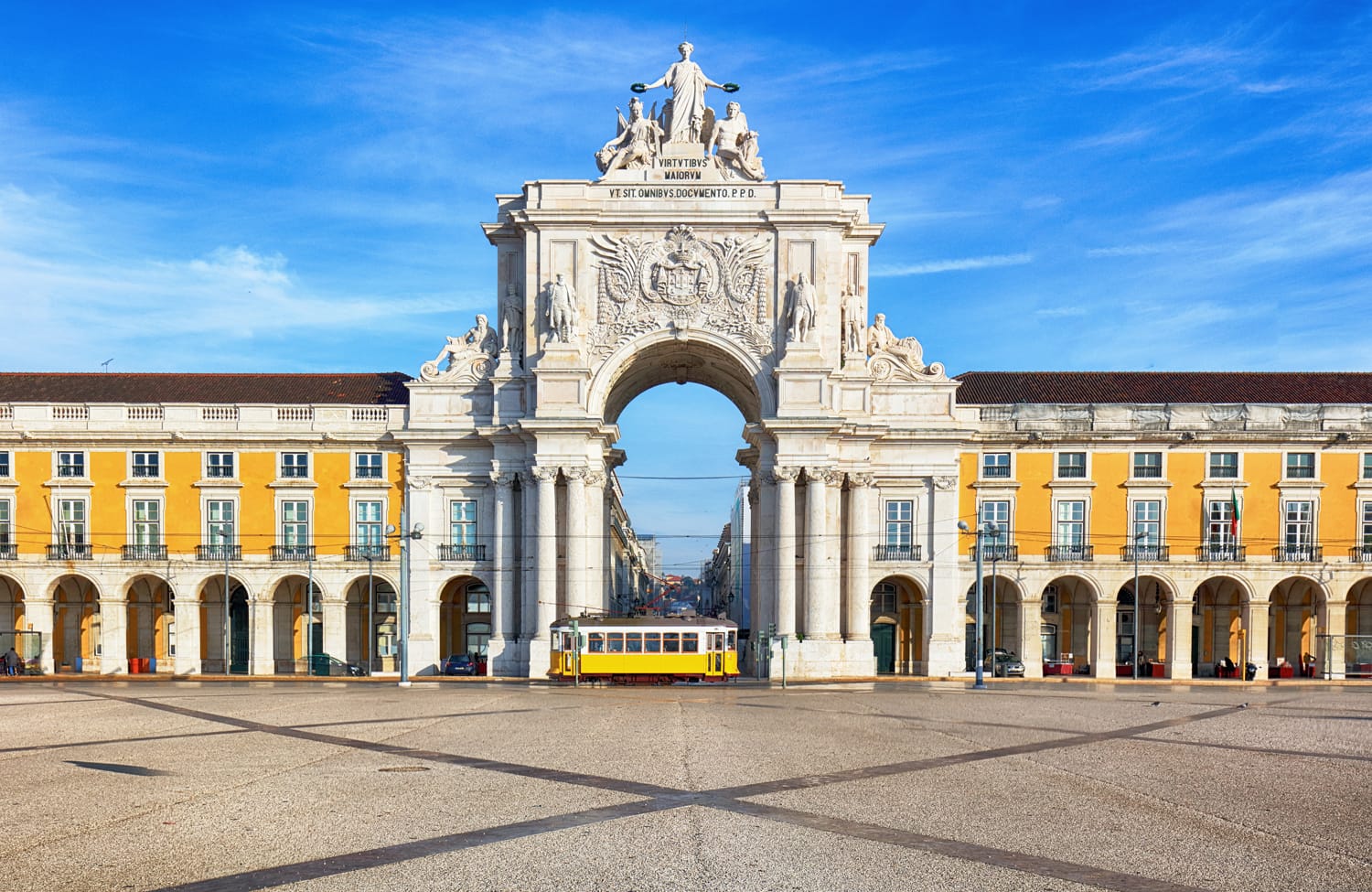
Alfama
From the Praça do Comércio, maybe after a coffee or a bite to eat, head eastwards into the quaint neighborhood of Alfama. With its narrow, winding streets and vintage architecture, Alfama oozes with an old-world feel.
This is also the perfect place to hop aboard one of Lisbon’s iconic trams, such as the number 28. Onboard, you can see how narrow the streets of Alfama are as the tram squeezes its way through the neighborhood houses.
There are a number of religious and historical landmarks to be found in Alfama, but the most notable has to be the Lisbon Cathedral. Otherwise, it’s just a great place to wander, uncovering nooks and crannies along the way.
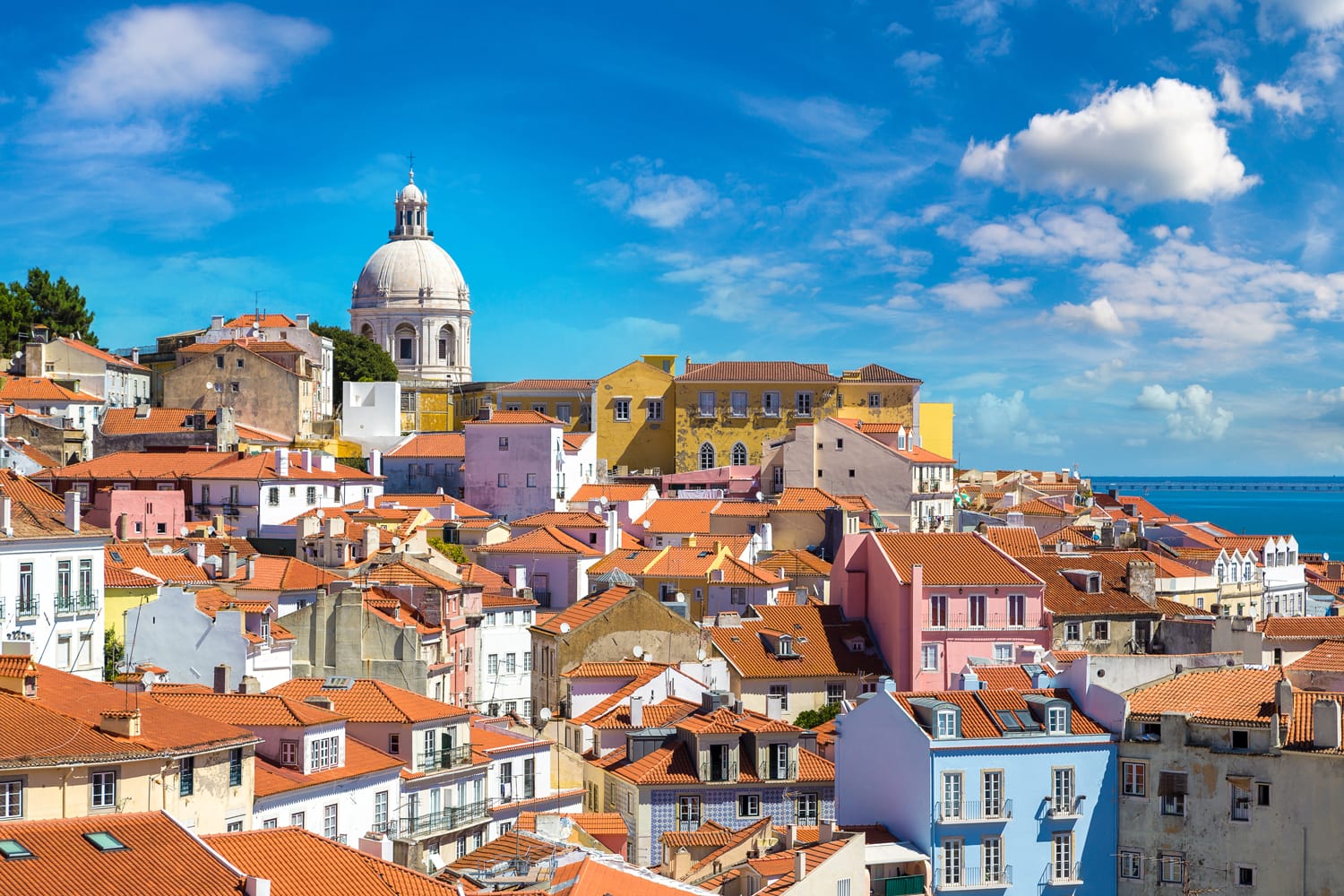
São Jorge Castle
Sitting proudly above the neighborhood of Alfama lies the next stop on this itinerary, the city’s mighty São Jorge Castle. Built by the Moors to watch over the city, the castle grew in importance when the capital of Portugal was moved to Lisbon in 1255.
After hiking your way up to the Moorish castle through the steep streets and city gate, you’ll need to buy tickets to enter the castle grounds. Starting from 8.5€, tickets can either be bought in advance or at the gate.
Once inside, your visit to the castle will start with a stroll through the castle gardens and their several superb viewpoints overlooking the city and river. At the top of the hill lies the castle keep, where you can walk along its high walls and marvel at its history. Nearby lies an excavation pit that showcases more of the castle’s history.
Hilltop Viewpoints
Lisbon is a hilly city and with a lot of hills you’ll also find a lot of viewpoints. Heading north of the castle once you’re done, you’ll need to navigate the city’s backstreets to find several stellar viewpoints.
Often positioned by churches or green squares, the views here can even exceed those found back at the castle. Two viewpoints to look for are Miradouro Sophia de Mello Breyner Andresen and Miradouro da Nossa Senhora do Monte. Either is also a great pick if you want to end your day watching the sunset over Lisbon. To get down once you’re done, both have great long staircases that lead back into the city centre.
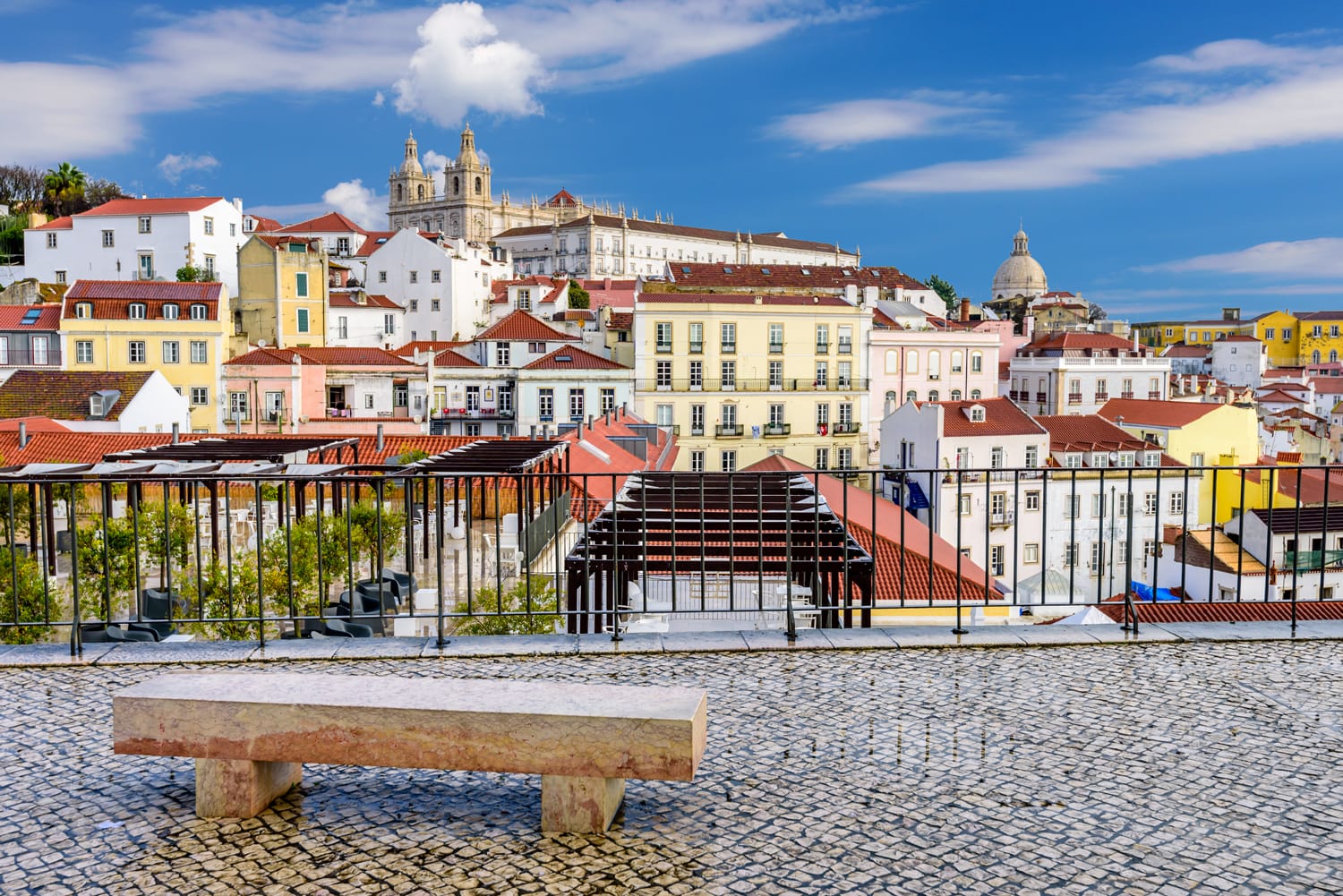
Dinner and Fado in Bairro Alto
To cap off your first day, venture up into the neighborhood of Bairro Alto for some cuisine and culture. This part of Lisbon is home to numerous fado bars, like Mascote da Atalaia, where fado music is performed live. This traditional style of singing is accompanied by guitar and can be enjoyed while you eat.
Lisbon Itinerary: Day 2
Unlike other neighborhoods of Lisbon, Belém has so much going on that it really requires its own day to fully explore. To start your day, hop aboard the number 15 tram from Baixa and watch the city go by as you head out to Belém.
Monastery de Jeronimos
Hop off the tram as it arrives at the Jeronimos Monastery as this will be your first attraction in Belém. Recognised by UNESCO for its important heritage, visiting the monastery is well worth the potential queue. Queues grow the later it gets, so it’s best to visit as early as possible.
Visiting the monastery, you’ll be enchanted by the detailed Gothic architecture of the monastery and its inner cloisters. There’s also the monastery’s church where you’ll find an ornate ceiling over the resting place of famed explorer Vasco de Gama.
Directly outside the monastery lies a large, manicured park with trimmed hedges around a great big fountain.
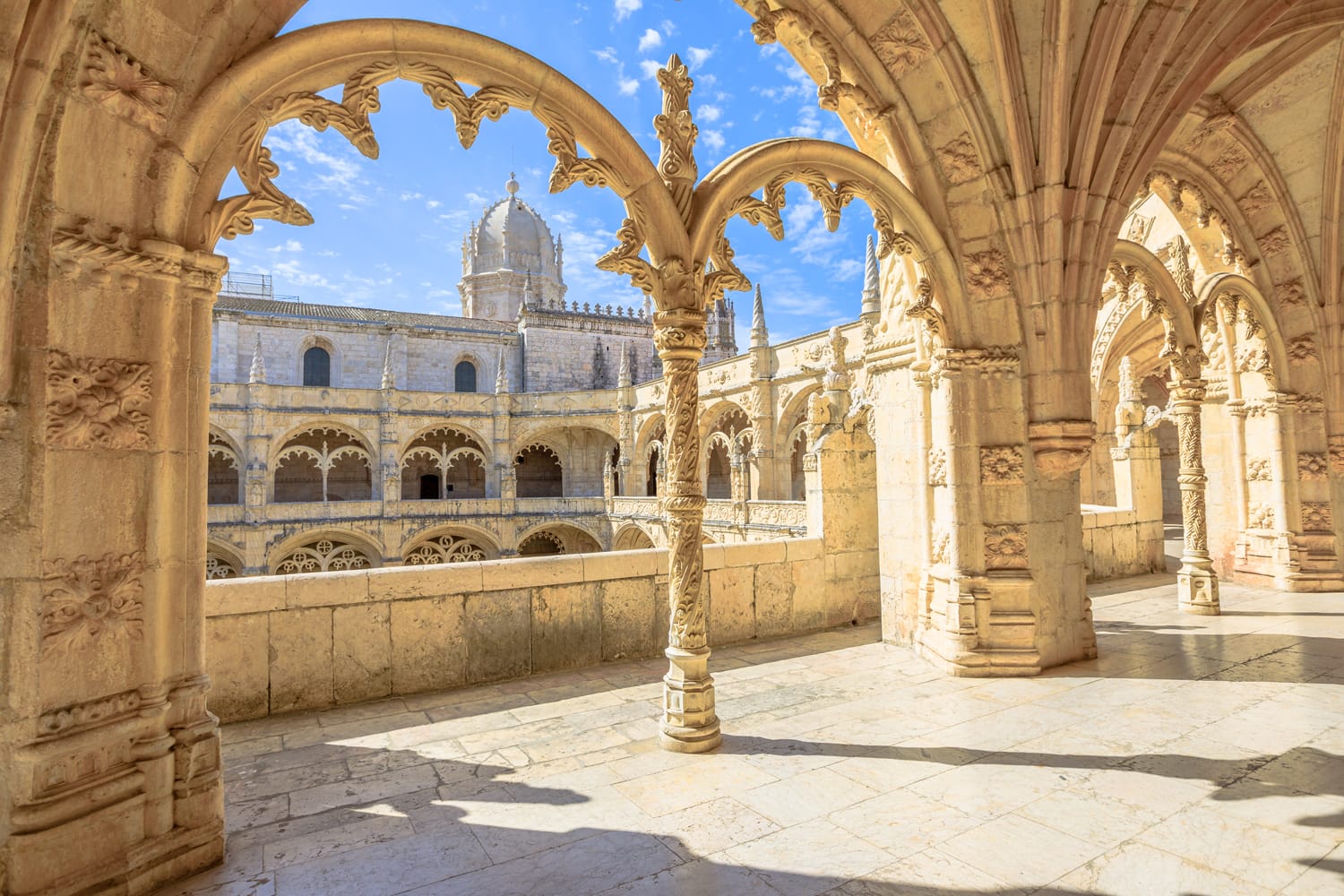
Monument to the Discoveries
Across the large, manicured park that lies opposite the monastery, you’ll find a wonderful memorial to Portugal’s many explorers in the Monument to the Discoveries (aka. Padrão dos Descobrimentos). Designed like a ship with a number of famous faces aboard, the stone tower overlooks a square with detailed mosaic patterns around a compass.
Besides being an impressive and artistic landmark, it’s also possible to climb up to the top of the monument and enjoy views back to the monastery, as well as out over the river.
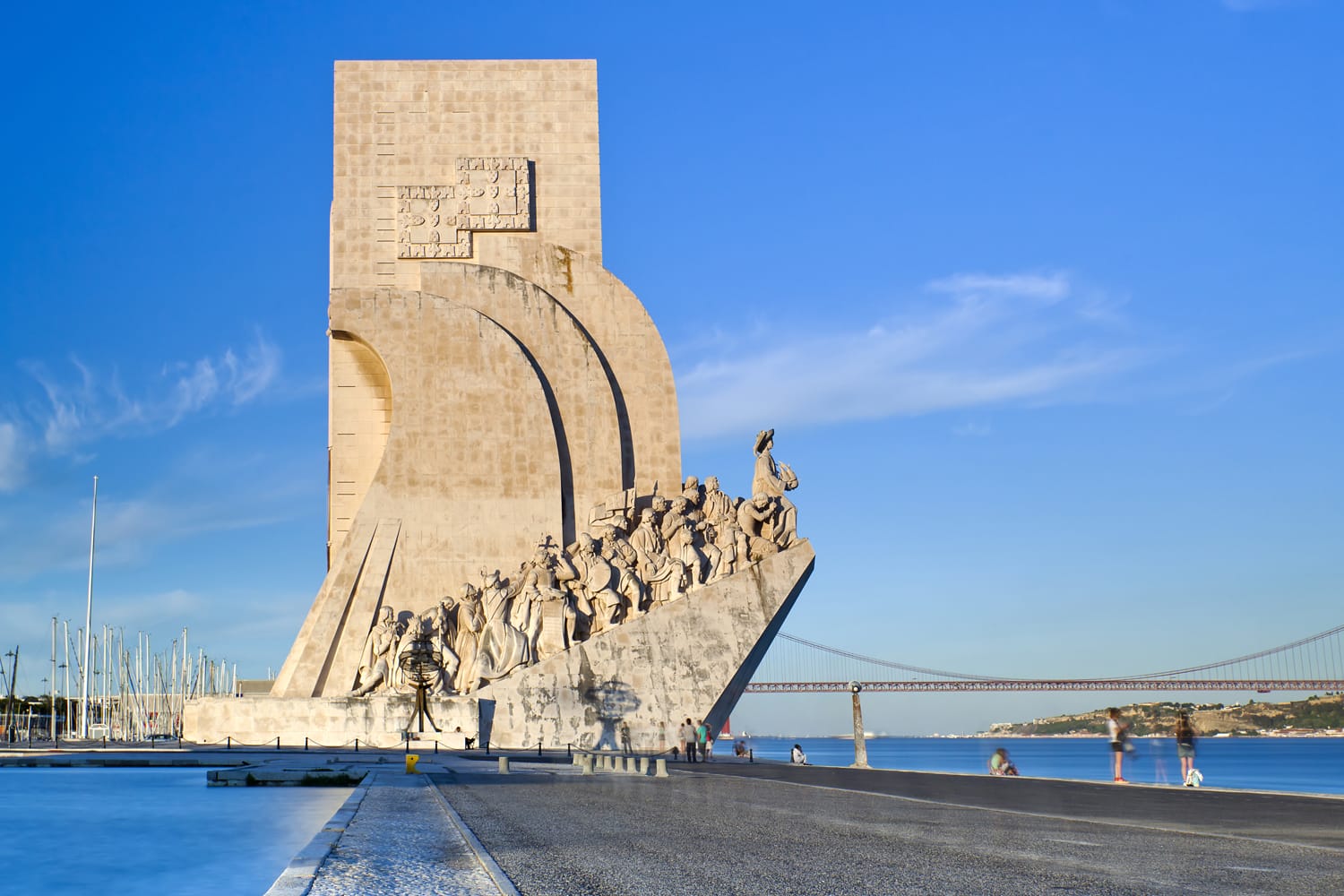
A Pastel de Nata Break
Having already explored Belém quite a bit, it’s time to savor one of the local specialties. After visiting Lisbon, most travelers come away raving about the addictive pastry, pastel de nata. These egg custard tarts are a sweet treat that you must try when in Lisbon.
In Portugal, the most famous place to try these delicious pastries is actually in Belém, at the Pastéis de Belém. This bakery has stuck with the same recipe for over 150 years, which makes it a pretty special place to enjoy your first pastel de nata. Quickly followed by your second, and third, and… you get the idea.

Belém Tower
Once you’re ready to get back to sightseeing, make your way down to the riverfront and to the Belém Tower. This medieval fortification once helped guard the river approach to Lisbon and now remains a majestic sight.
The fact that the tower is surrounded by the river provides it with a truly picturesque setting. With a ticket, you can cross the boardwalk, enter the tower and appreciate the structure and its design up close. From several of the upper balconies you can get views out along the riverfront.
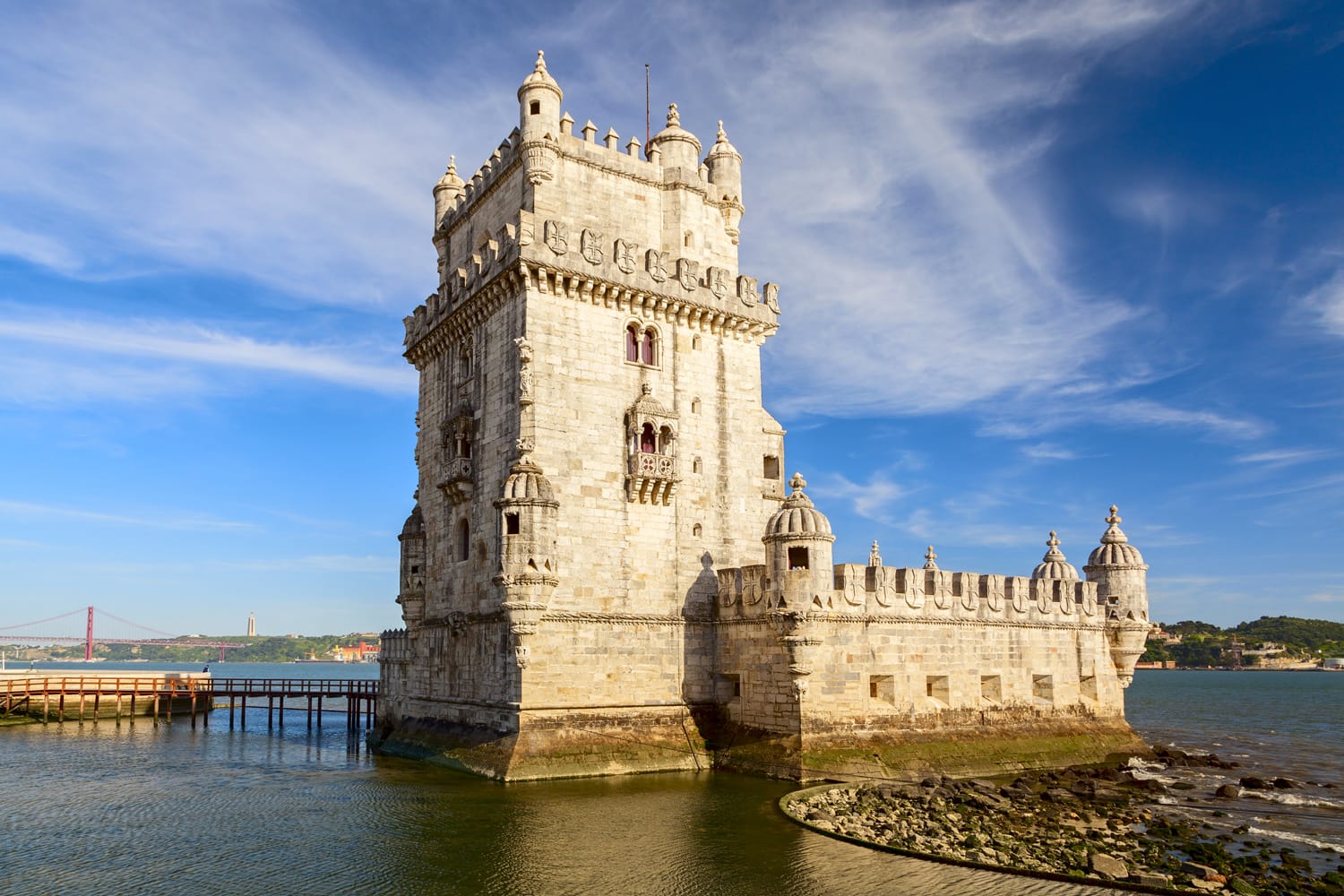
Alcantara Waterfront
As you come back to the centre of Lisbon, it’s worth making a stop at the foot of the 25 de Abril Bridge, one of the city’s major landmarks. This immense bridge links Lisbon with the far bank of the Tagus River and deserves to be seen up close.
It’s also close to one of Lisbon’s more recent additions, the LxFactory. Once an industrial area, the complex has been revitalized into a giant art space and is now home to cafes, bars and restaurants. It’s a great place to grab a drink and finish your second day in Lisbon.
Lisbon Itinerary: Day 3
Even though you could easily fill several more days with activities in Lisbon, don’t miss the opportunity to take a full or half-day trip to one of Portugal’s other amazing spots.
Almada / Barreiro
As soon as you see Lisbon’s riverfront area, it can be tempting to find out what lies on the far banks of the Tagus River. Two such places are the neighborhoods of Almada and Barreiro, each of which makes for a care-free half-day trip. Both also give you the opportunity to spend some time on the water, as both are reachable by ferry.
Almada is certainly the more popular of the two, since it rests at the other end of the magnificent 25 de Abril Bridge. While you can spend time exploring the area and wandering its streets, the big attraction of Almada is the huge statue of Christ the King. This massive replica of the Christ the Redeemer statue in Rio de Janeiro also doubles as a viewpoint, although the views from the statue’s base are pretty impressive as well.
Barreiro, on the other hand, is a much more low-key spot. Further away and far less popular, Barreiro gives some insight into what life is like away from Lisbon’s splendor. As far as attractions go, there are the traditional windmills along some of Barreiro’s beaches and the old train station has an air of curiosity about it.

Sintra
As far as Lisbon day trips go, it’s sure hard to compete with the forest town of Sintra. Once popular with the royal family and aristocrats of Lisbon as a resort town, now Sintra is equally popular with tourists. And as soon as you get there it’s easy to see why.
Set among a hillside blanketed with forest, Sintra is home to a great number of palaces scattered across the surrounding landscape. The most popular and well-known of these palaces is Pena National Palace with its bright, Disney-esque colors and design.
Other unmissable palaces include the Quinta da Regaleira Palace with its hypnotizing inverted towers and the elegant Monseratte Palace. Dating even further back is the Castle of the Moors that watches over the town with its long, ribbon-like walls.
Aside from palaces, manor houses and castles, Sintra is a perfect place to go for a hike, with endless walking trails crisscrossing through its peaceful forests. Ultimately, it’s best to prioritize what you want to see in Sintra, since there’s so much to do.
For more detailed information on Sintra, check out our dedicated Sintra guide next.
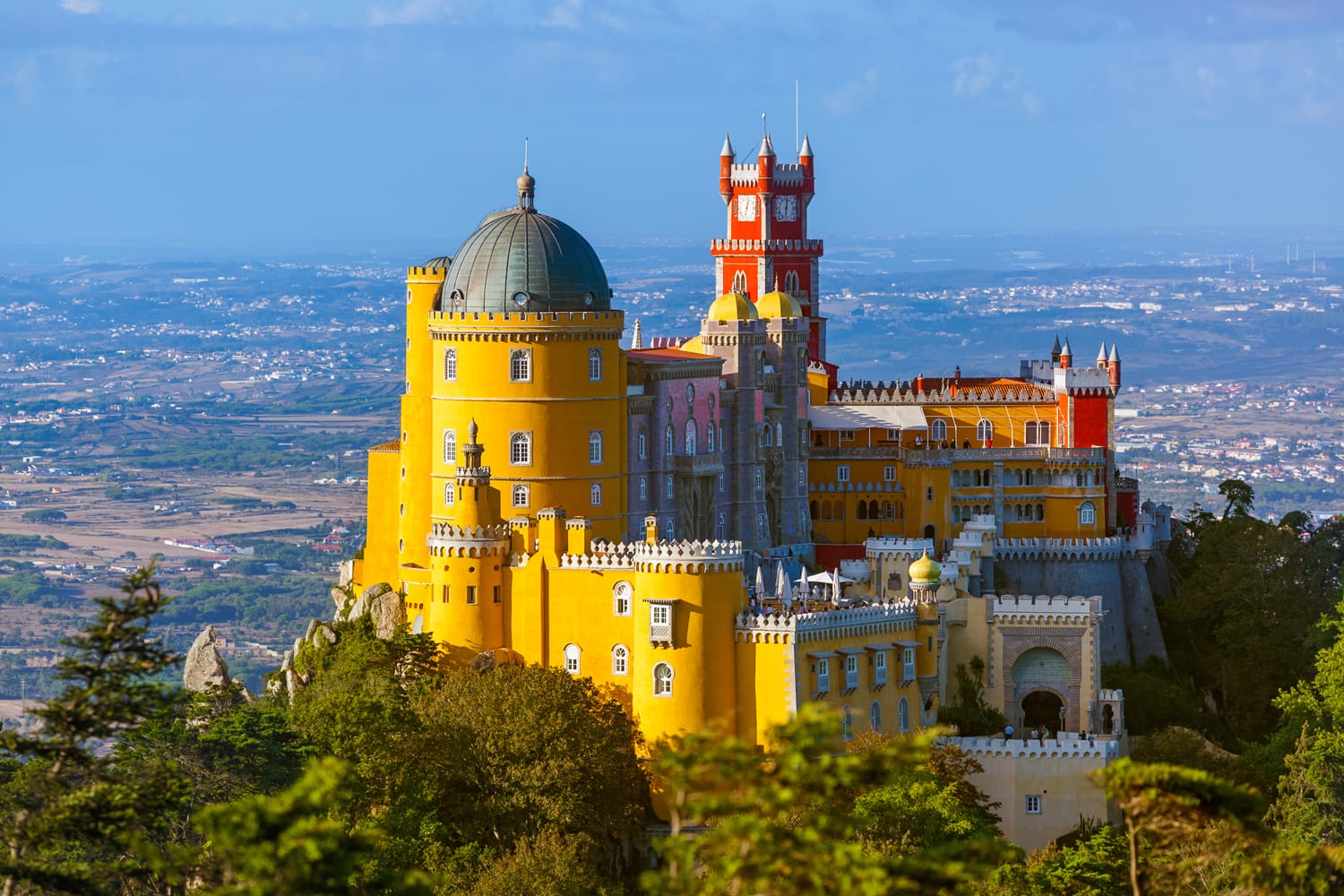
Cascais
People often think of beaches when they think of Portugal, and the best place to go for beaches from Lisbon is definitely the town of Cascais. Simply follow the Tagus River from Lisbon out towards the Atlantic Ocean and just beyond that lies this cool and calm town.
Visiting Cascais, it’s hard not to immediately notice the even more leisurely pace of things compared to Lisbon. It very much feels like you’re at the seaside, even though you’ve only barely left the city limits of Lisbon.
It helps that it’s a very short walk from the centre to beaches like Praia da Ribeira and Praia da Conceição. And if those don’t do it for you, just a few train stops away lie the even larger beaches of Estoril.
Besides beaches, Cascais does have a few attractions to admire, from the old Fortress of Our Lady of Light to the Lighthouse Museum of Santa Marta and the cliffs and caves up the coast of Boca do Inferno. Historic, cultural and natural, Cascais ticks each of the boxes.
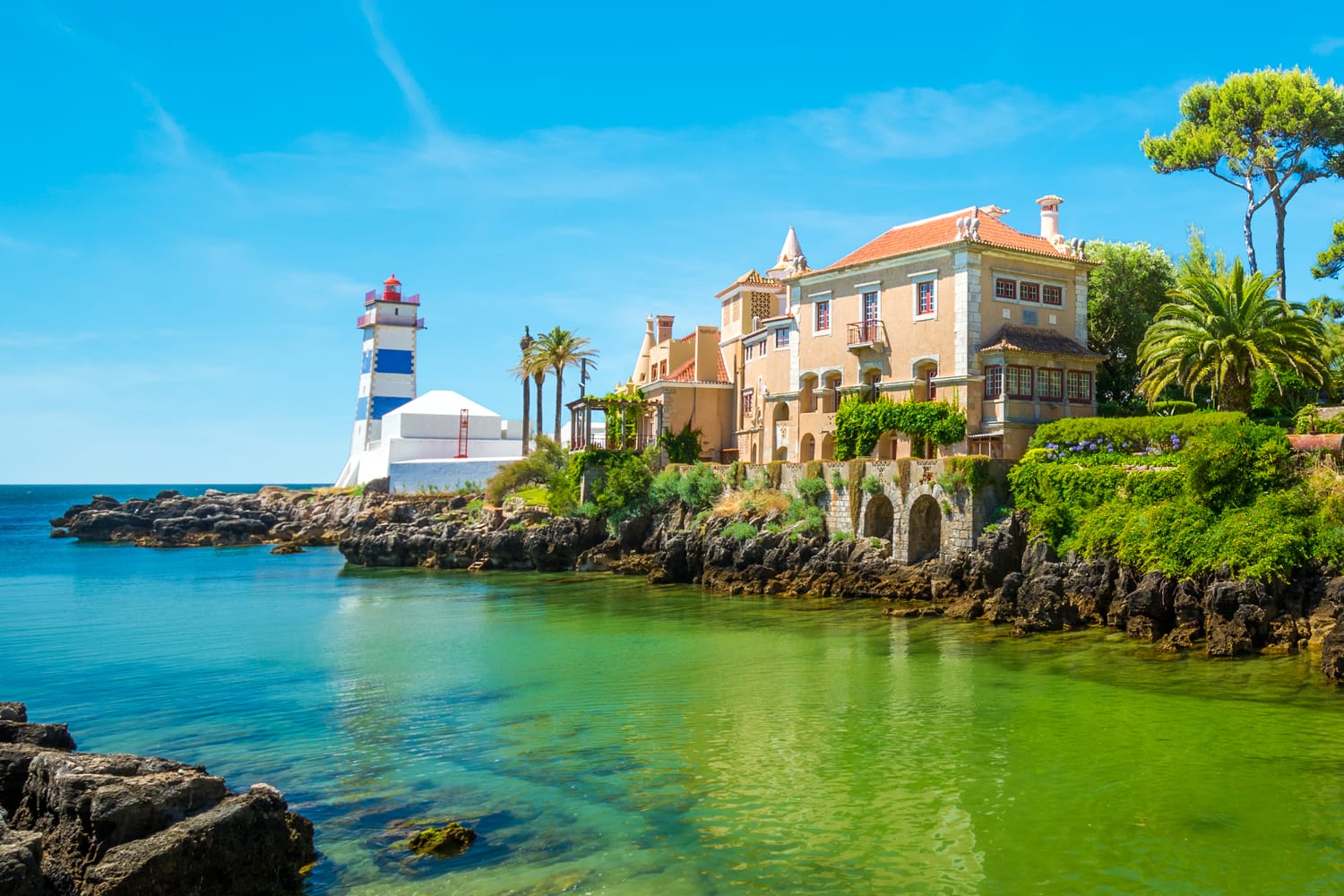
Obidos
Although it is situated considerably further than the above, don’t discount the town of Obidos as a day trip. While it’s possible to visit with public transport, most choose to take a tour from Lisbon.
Surrounded by great big walls, Obidos is home to small cobblestone streets lined with traditionally painted houses. Decked out in white, yellow and blue, this walled town is without question one of Portugal’s most picturesque. And while, at street level, its exceptionally pretty, it reaches new levels when you see it from atop the narrow town walls.
Despite its small size, it’s still possible to lose your way in Obidos, until you find yourself standing in front of a town wall that is. Within the walls, you’ll also find the town’s imposing castle and the São Tiago church which has been converted into a book shop. Outside the town walls is also quite pretty, with a long aqueduct and abandoned windmill that further add to the town’s rustic charm.
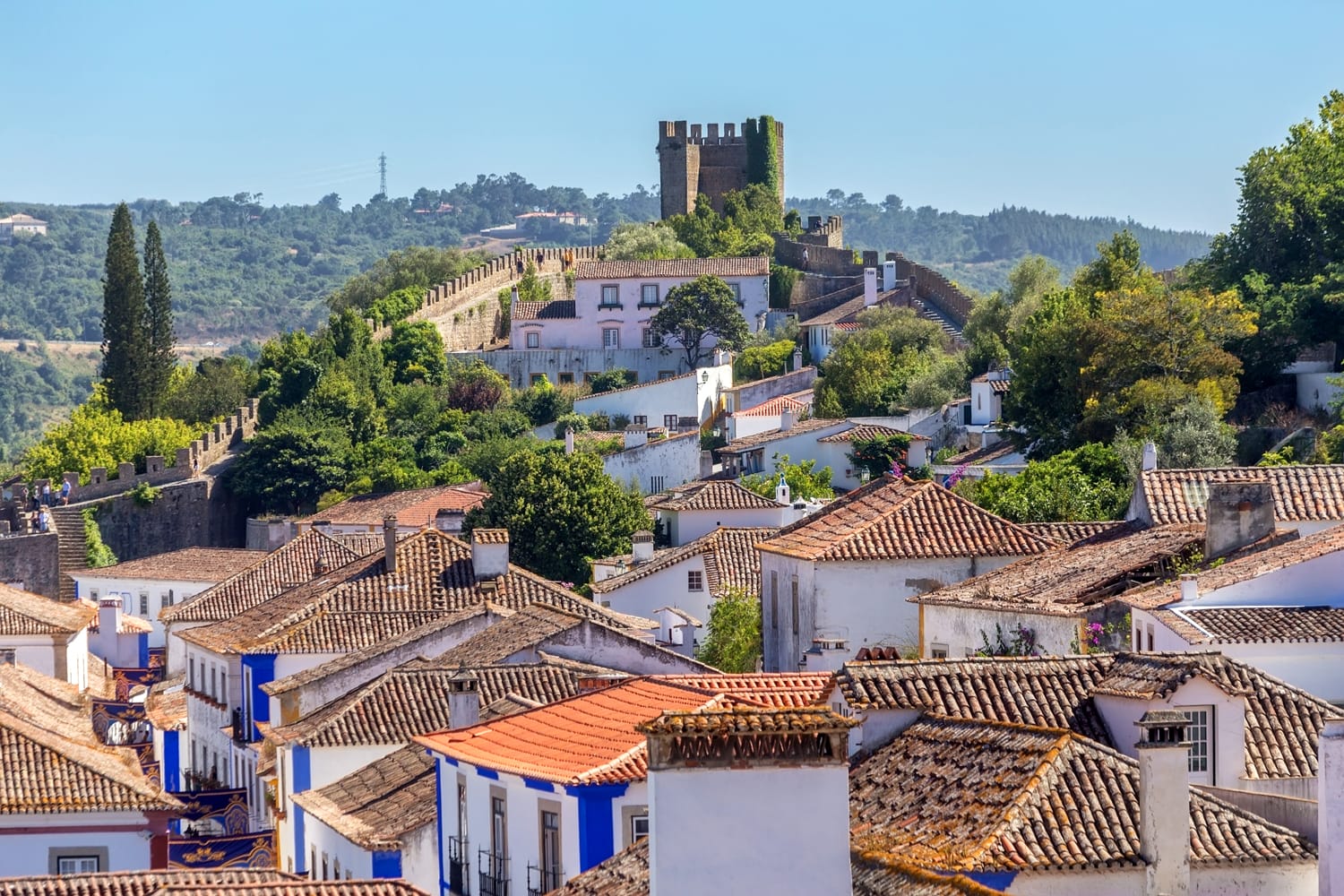
There you have it – Lisbon in 3 days. I think it’s safe to say that the above itinerary answers the question of what to do in Lisbon in 3 days. If you have any more questions, just leave a comment below. Boa Viagem!
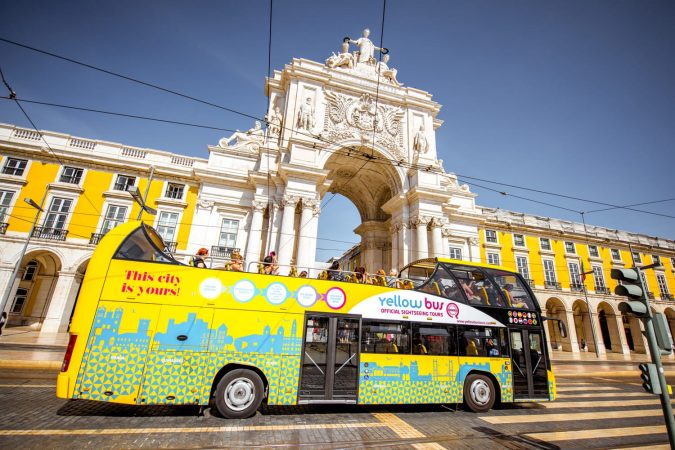
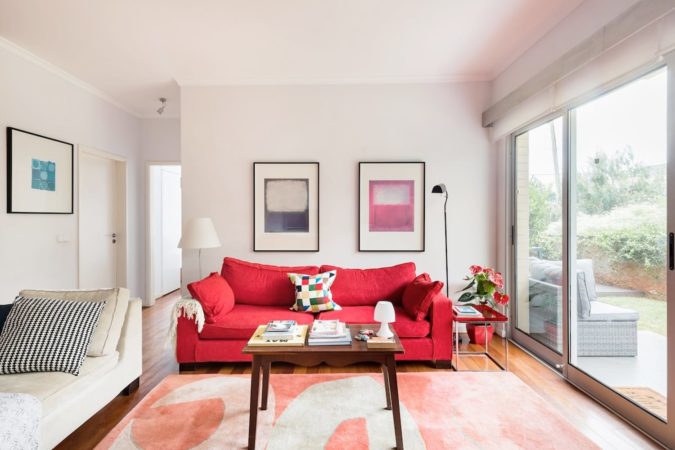
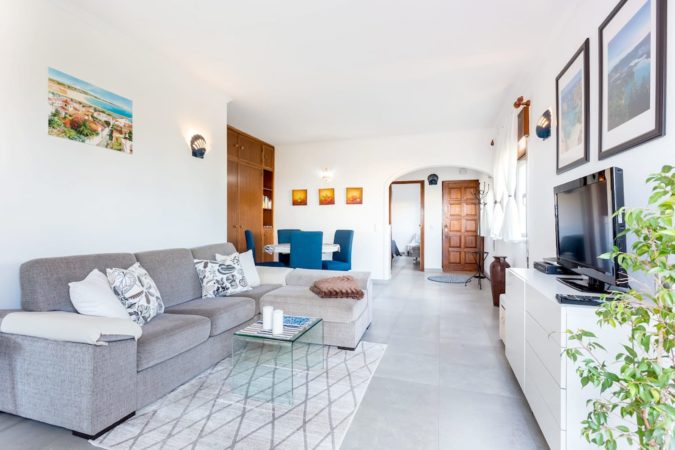
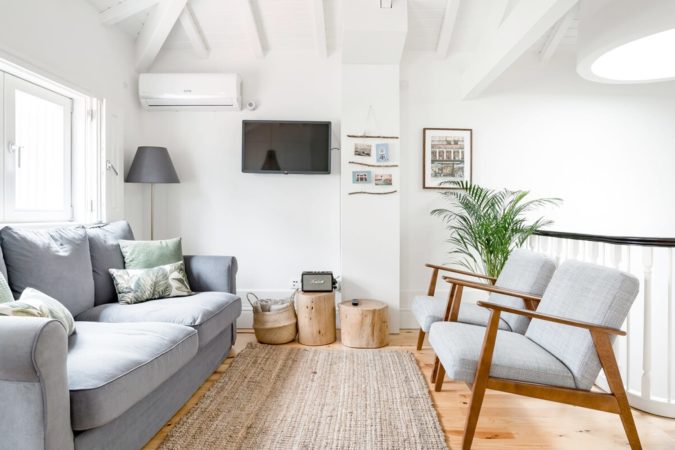
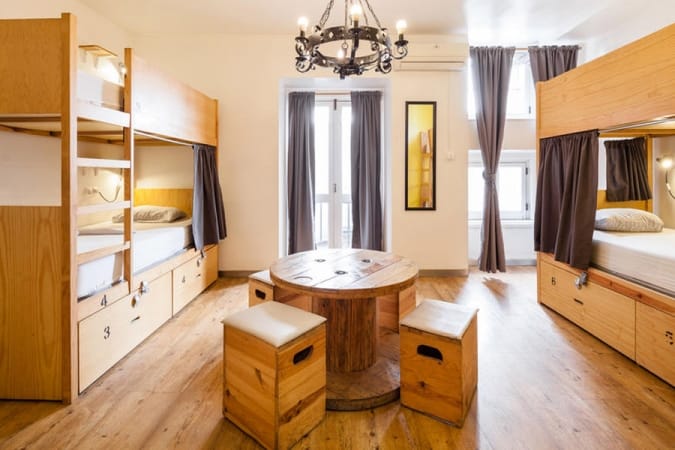
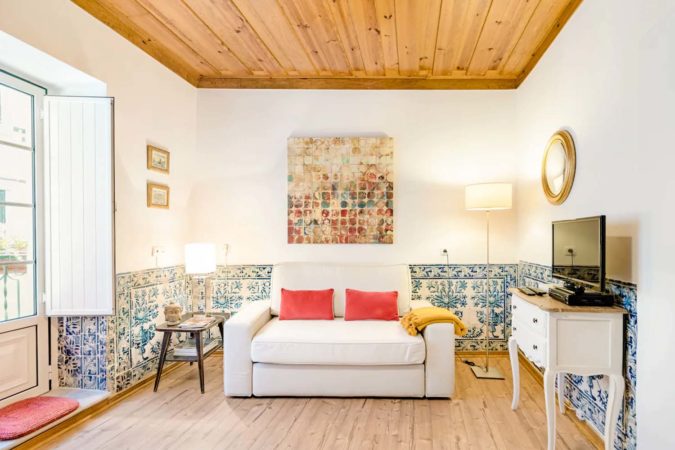
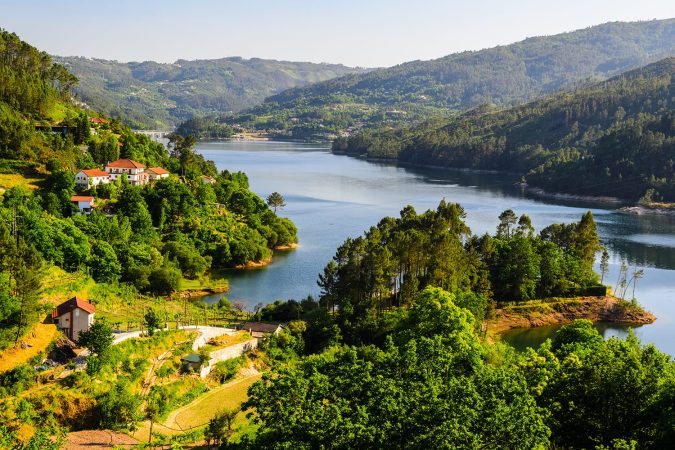
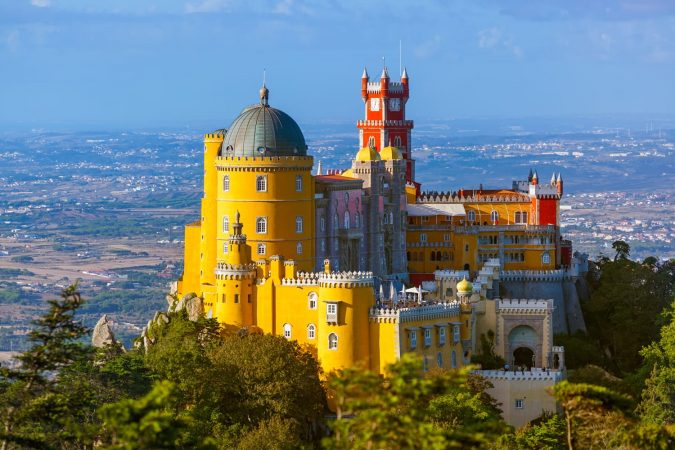
Comments